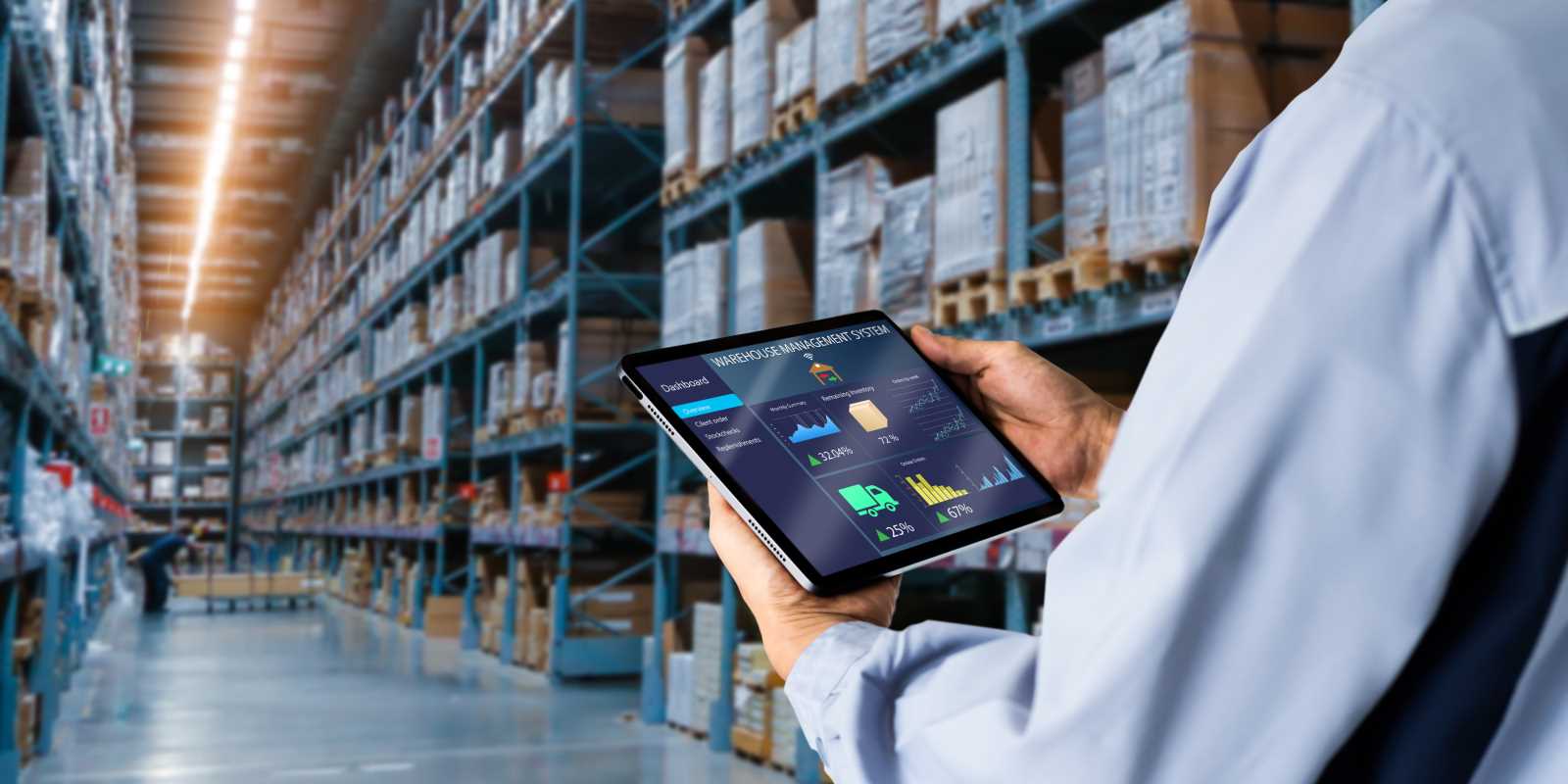Getting a product from its creation point to your front door is a complex journey. This journey is called the supply chain, and it involves many moving parts, from manufacturing and warehousing to shipping and delivery. For a long time, managing this process involved a lot of guesswork. Today, artificial intelligence (AI) is changing everything, making supply chains smarter, faster, and more efficient. This guide is here to walk you through the amazing world of AI in the supply chain. We will explore how this technology works, the incredible benefits it offers, and how companies are using it to improve how we get the things we need and love.
What Is a Supply Chain and Why Does It Matter?
Think about your favorite pair of shoes. The supply chain is every step involved in getting those shoes to you. It starts with sourcing the raw materials, like rubber and fabric. Then, those materials are sent to a factory for manufacturing. The finished shoes are stored in a warehouse, shipped to a distribution center, and finally delivered to a store or your home.
This entire network needs to run smoothly. A single delay, like a truck getting stuck in traffic or a warehouse running out of stock, can cause problems for everyone. A well-managed supply chain ensures you get your products on time and helps businesses operate efficiently. That's where AI comes in, offering powerful tools to make this complex process much easier to manage.
How AI is Revolutionizing Supply Chain Management
Artificial intelligence helps machines learn from data, identify patterns, and make decisions with minimal human intervention. In the supply chain, AI acts like a super-smart assistant that can see the entire picture at once. It helps businesses move from reacting to problems to predicting and preventing them. Let's explore some of the ways AI is making a big impact.
Smarter Demand Forecasting
One of the biggest challenges in supply chain management is predicting how much of a product customers will want to buy. Guessing wrong can lead to empty shelves (lost sales) or overstocked warehouses (wasted money). AI algorithms can analyze huge amounts of data to make incredibly accurate predictions.
These systems look at past sales data, current market trends, weather patterns, social media buzz, and even economic indicators. By identifying these complex patterns, AI can forecast demand with much greater precision. This allows companies to have the right amount of product in the right place at the right time, which is a win for both the business and you as the customer.
Optimizing Inventory Management
AI takes inventory control to a whole new level. Instead of relying on manual counts or simple software, AI-powered systems can automate and optimize the entire process. They monitor stock levels in real-time and can even predict when items will run low.
These systems can automatically reorder products to prevent stockouts, ensuring popular items are always available. They also help businesses avoid holding too much inventory, which frees up cash and warehouse space. Some advanced warehouses even use AI-powered robots to sort, pick, and pack orders, making the process faster and reducing human error. This efficiency helps get your orders out the door more quickly.
Creating More Efficient Warehouses
The modern warehouse is becoming a hub of high-tech activity, thanks to AI. Autonomous mobile robots (AMRs) navigate warehouse floors to transport goods, guided by AI algorithms that calculate the most efficient routes. These robots can work around the clock, increasing productivity and safety.
AI also optimizes the layout of the warehouse itself. It can analyze which items are frequently ordered together and suggest placing them near each other to speed up the packing process. Computer vision, a type of AI, can be used to scan barcodes instantly or inspect products for defects. This automation helps ensure that you receive exactly what you ordered in perfect condition.
The Key Benefits of Using AI in the Supply Chain
Integrating AI into supply chain operations offers a wide range of advantages. These benefits help create a system that is more resilient, efficient, and responsive to your needs.
Increased Efficiency and Speed
AI automates many repetitive and time-consuming tasks. This frees up human workers to focus on more strategic activities that require creativity and critical thinking. From robotic process automation (RPA) handling paperwork to optimized routing for delivery trucks, AI makes every step of the supply chain faster. This means shorter delivery times and a smoother customer experience for you.
Greater Visibility and Transparency
AI provides a clear, real-time view of the entire supply chain. Using sensors and data trackers, companies can monitor shipments as they move from the factory to their final destination. This end-to-end visibility allows businesses to quickly identify potential delays, like a shipment stuck in customs, and proactively find a solution. For you, this can mean more accurate tracking information and reliable delivery estimates.
Reduced Costs and Waste
Efficiency gains from AI translate directly into cost savings. Better demand forecasting reduces the costs associated with overstocking, while optimized delivery routes save on fuel and transportation expenses. AI can also help identify opportunities to reduce waste, such as by minimizing packaging materials or improving energy consumption in warehouses. These savings can lead to more competitive pricing for consumers.
Enhanced Resilience and Agility
Supply chains can be disrupted by unexpected events, like natural disasters, trade disputes, or sudden spikes in demand. AI helps build more resilient supply chains that can adapt to these challenges. By constantly analyzing data, AI can spot potential risks early and suggest alternative plans. For example, it could reroute a shipment to avoid a storm or find a new supplier if one becomes unavailable. This agility ensures that products keep moving even when things go wrong.
Real-World Examples of AI in Action
Many companies are already seeing fantastic results from implementing AI. Here are a few ways it's being used today.
- Amazon: The e-commerce giant uses AI extensively in its fulfillment centers. Robots retrieve items for human workers, and AI algorithms predict what customers in certain areas will order, moving those products to nearby warehouses before they are even purchased.
- UPS: The global shipping company uses an AI-powered system called ORION (On-Road Integrated Optimization and Navigation) to plan the most efficient routes for its delivery drivers. This system saves millions of miles and gallons of fuel each year.
- Walmart: The retail corporation uses AI to manage inventory and keep its shelves stocked. AI-powered cameras can scan shelves to identify low-stock or misplaced items, alerting employees to fix the issue.
 (Image via
(Image via
 (1).jpg)




